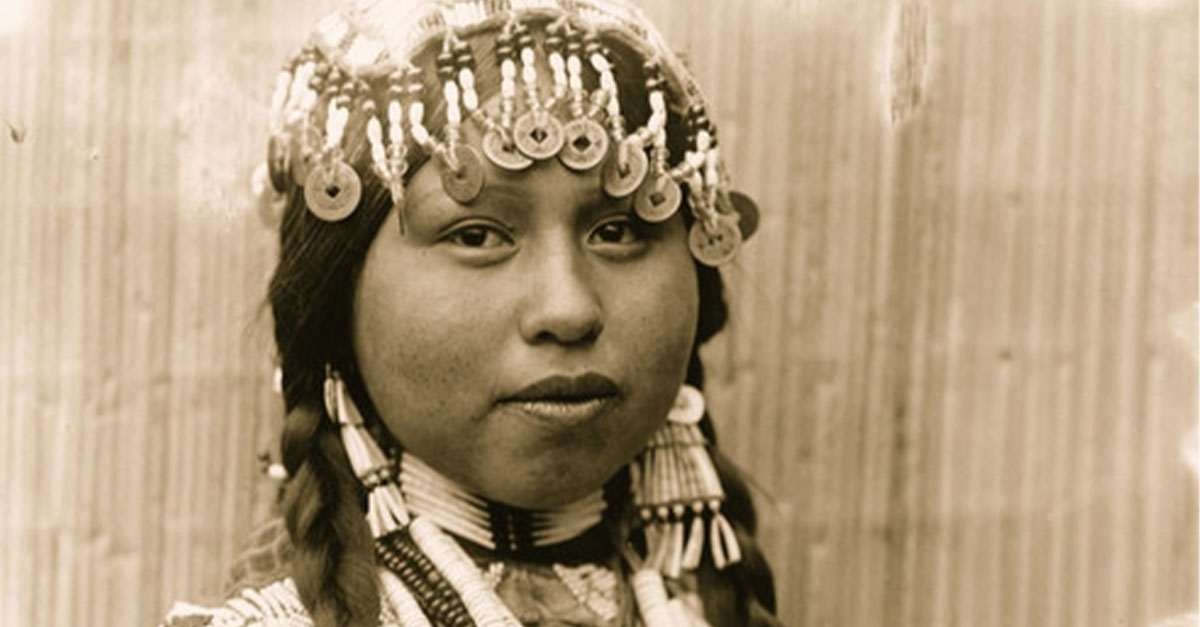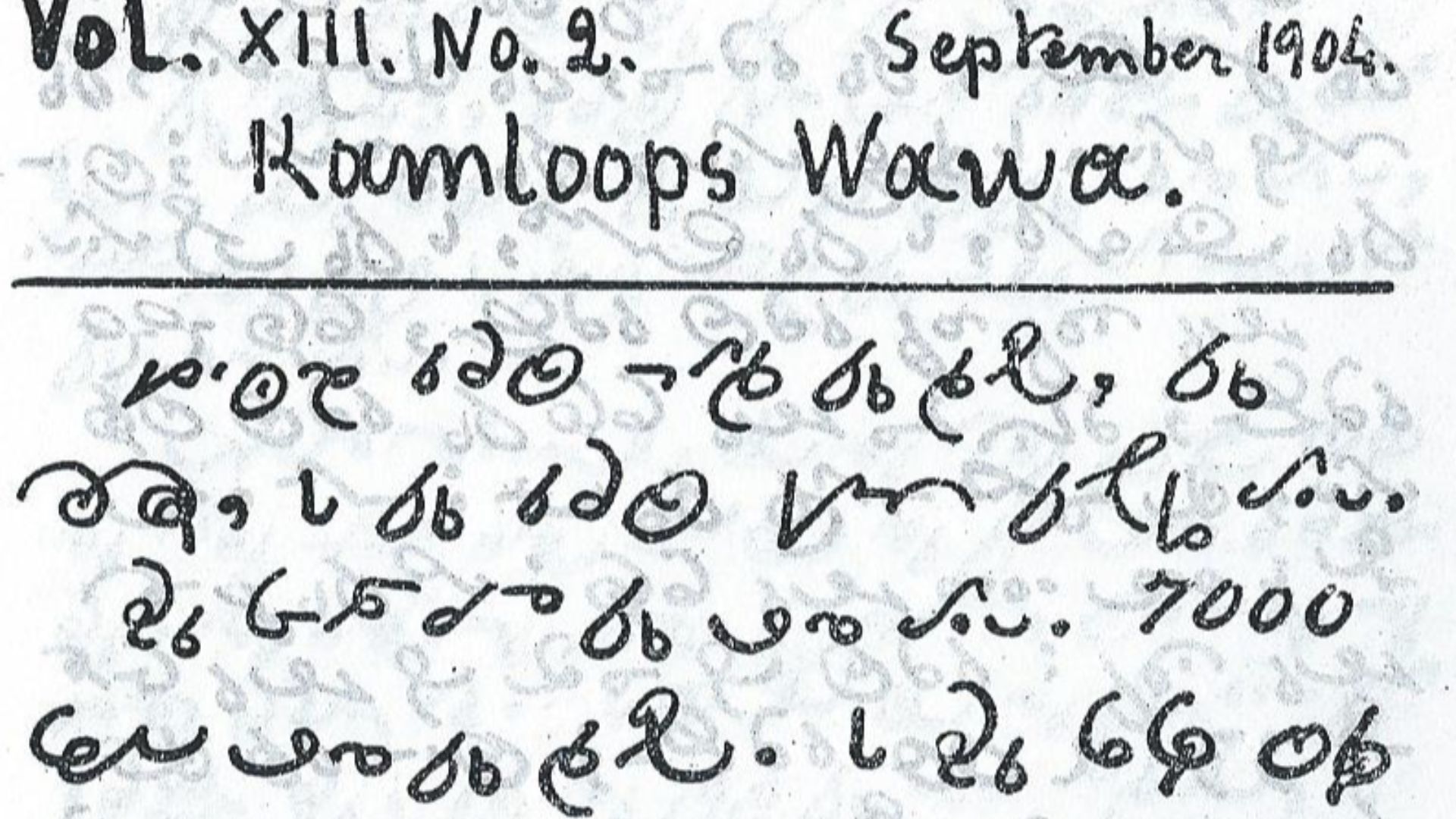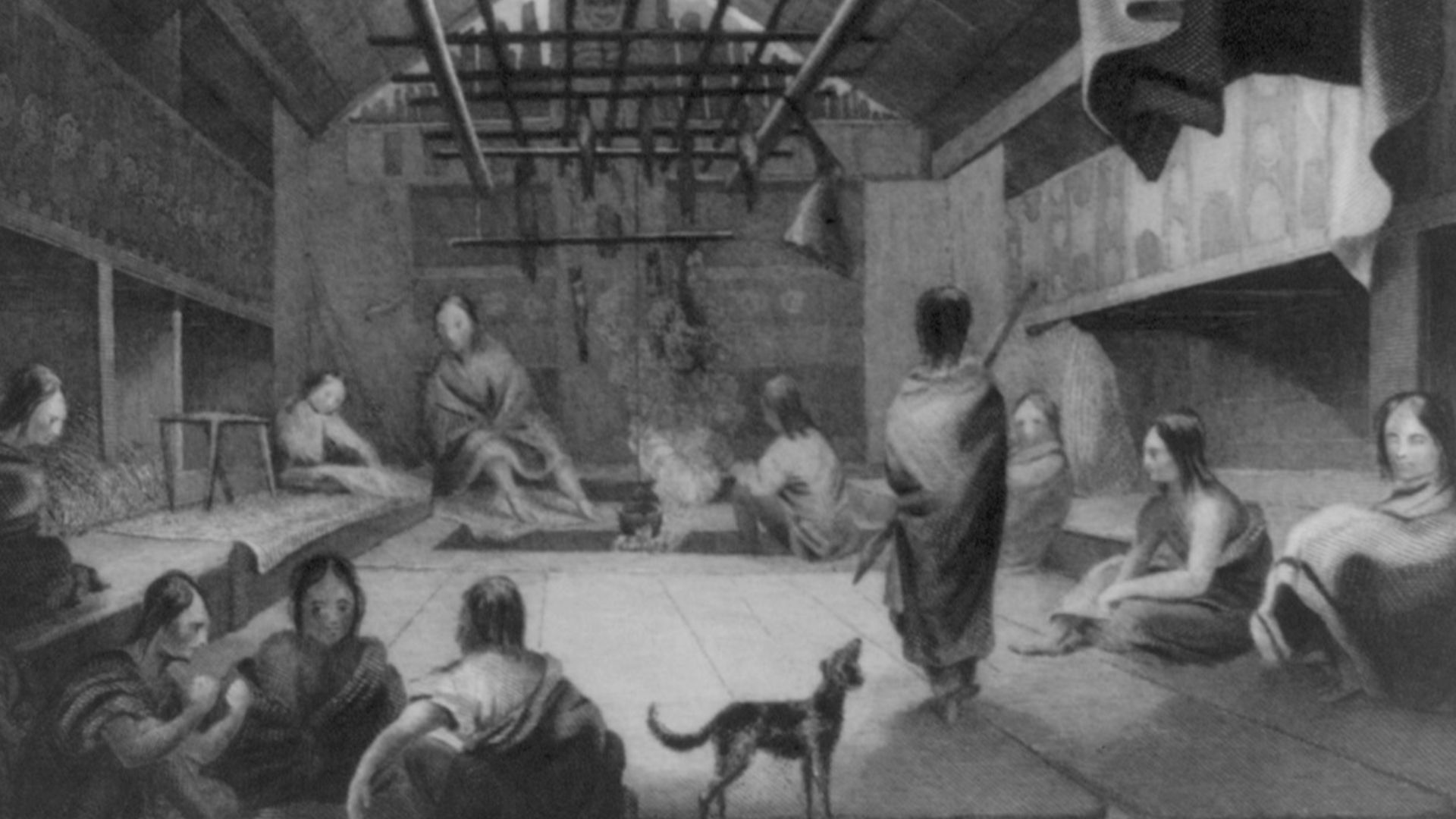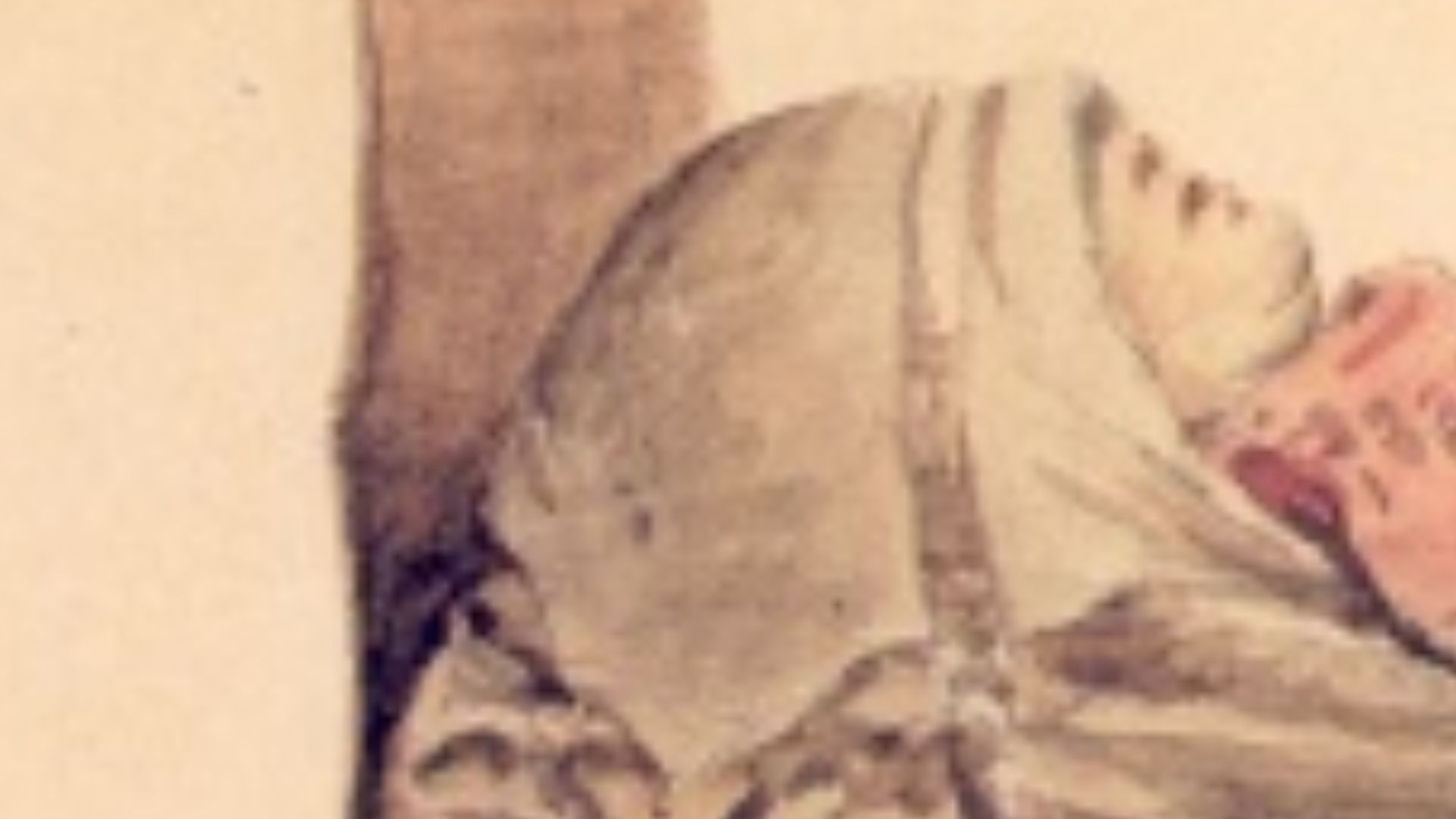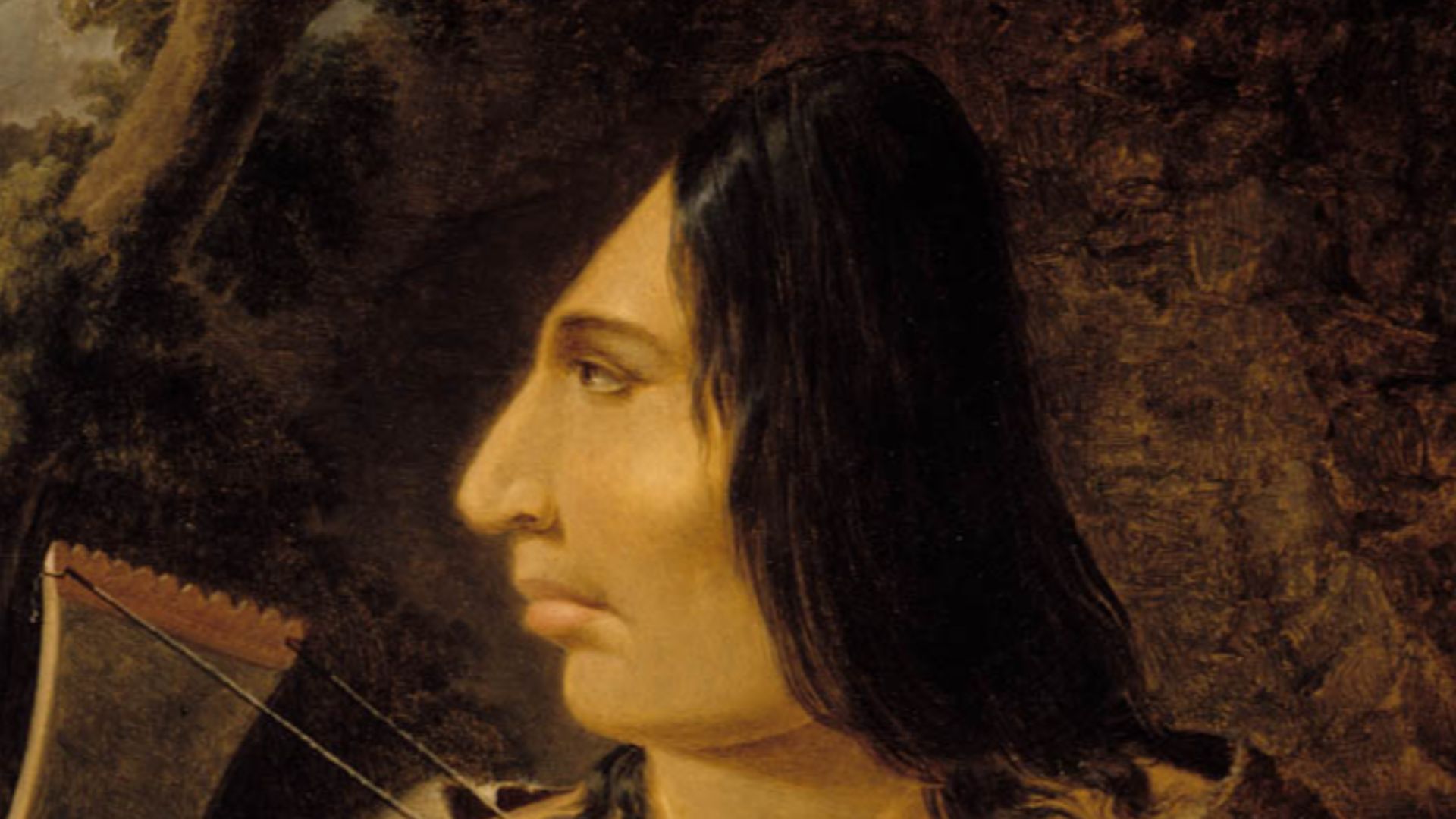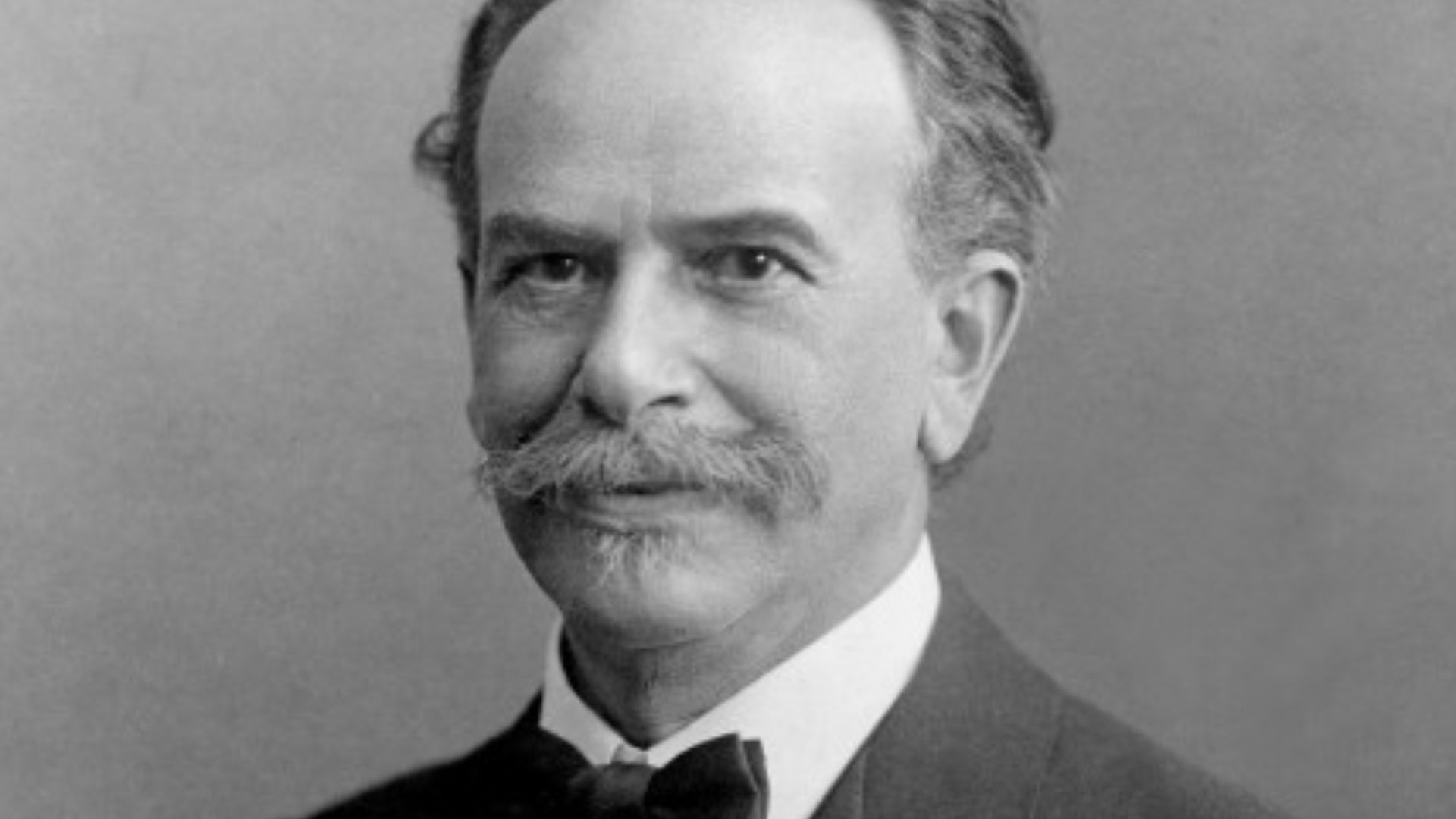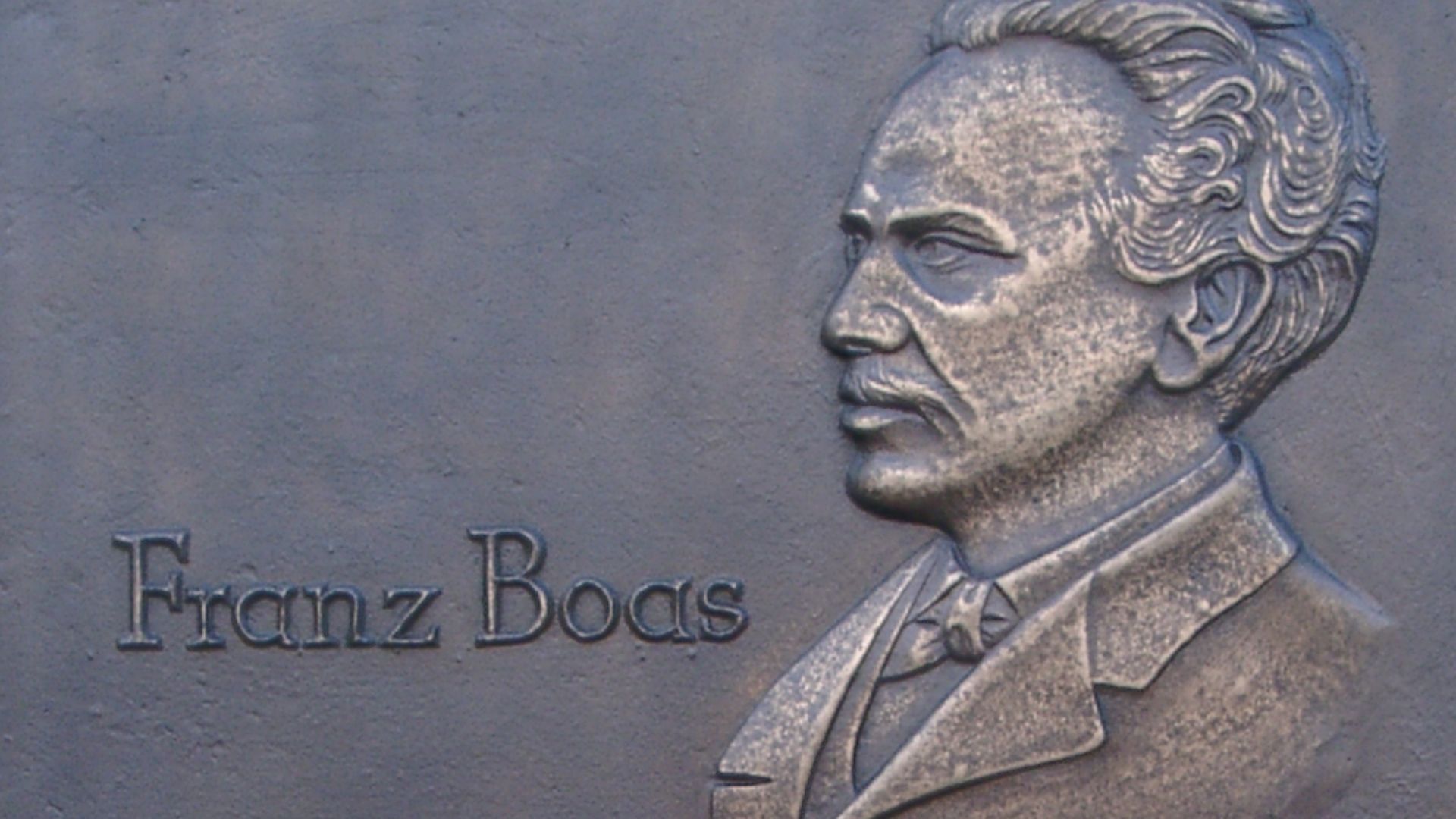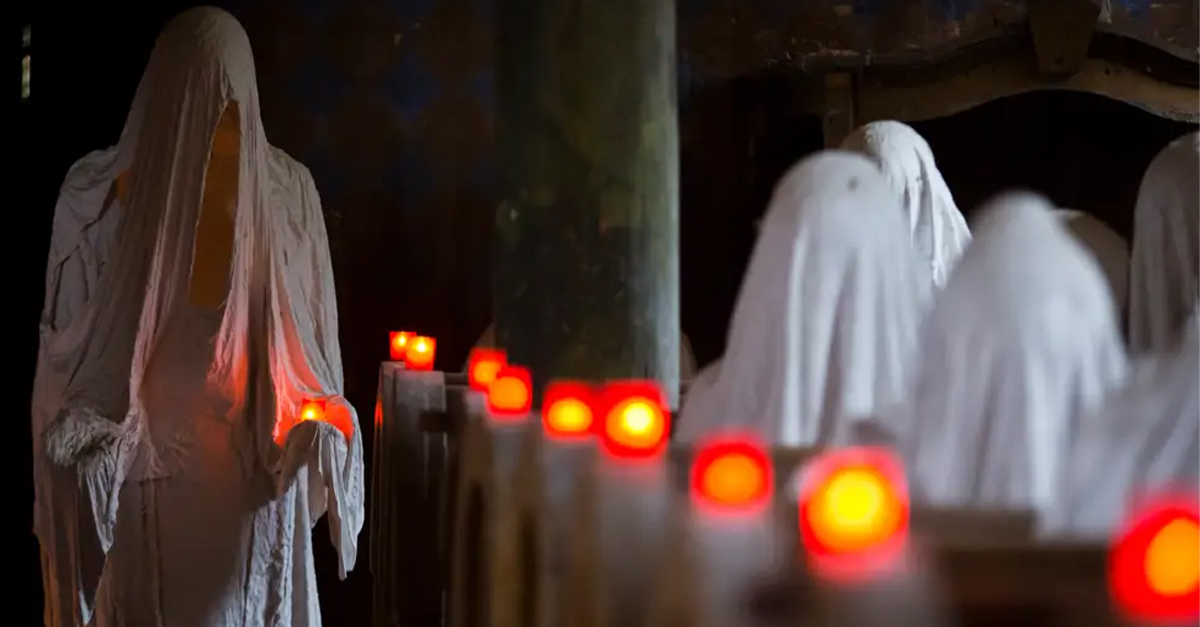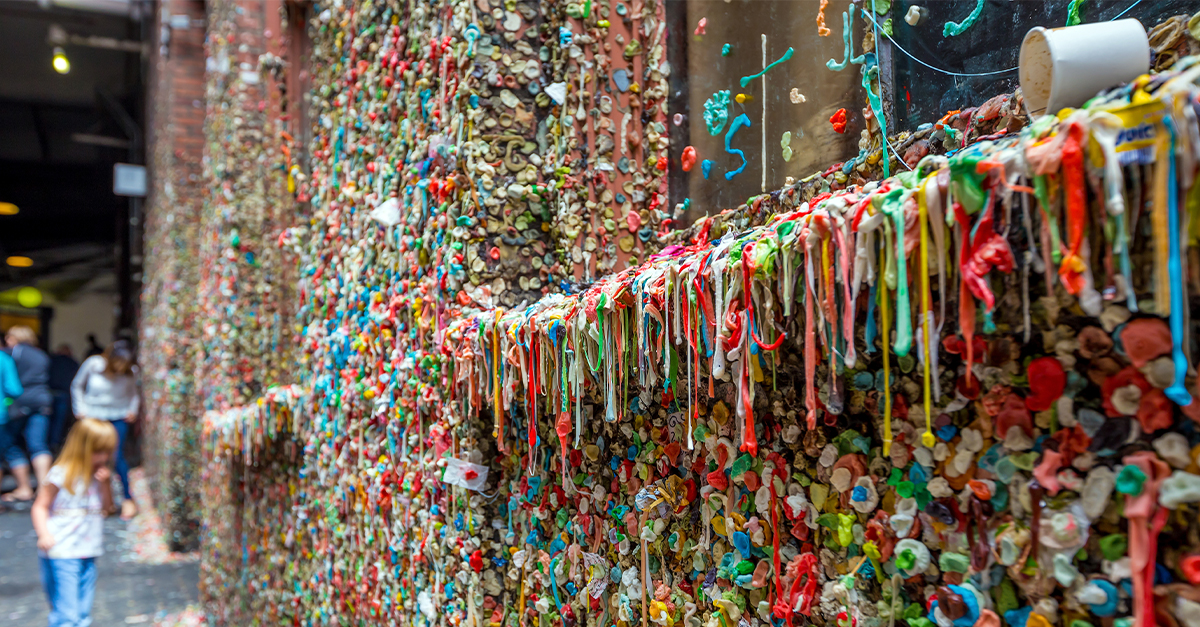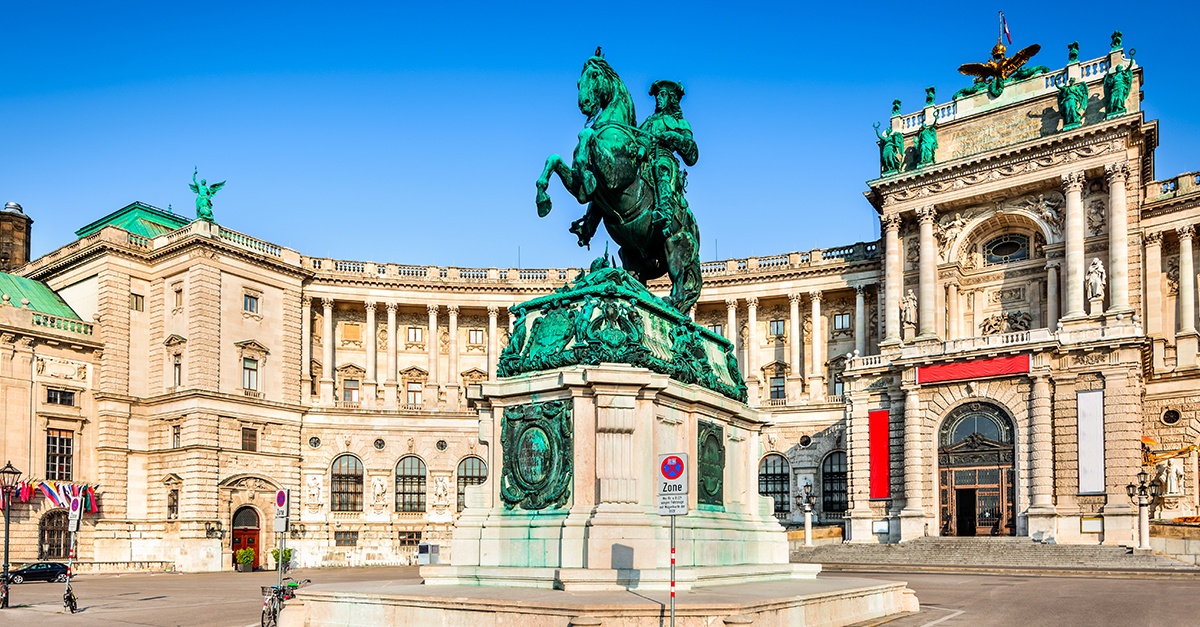The Original People
The Chinookan peoples have existed along the Columbia River since 11,500 BCE. They are made up of several groups that speak the Chinookan languages—and some of those groups have continued the fight for their sovereignty in the United States. So, let’s discover who the Chinook are and how they’ve lived.
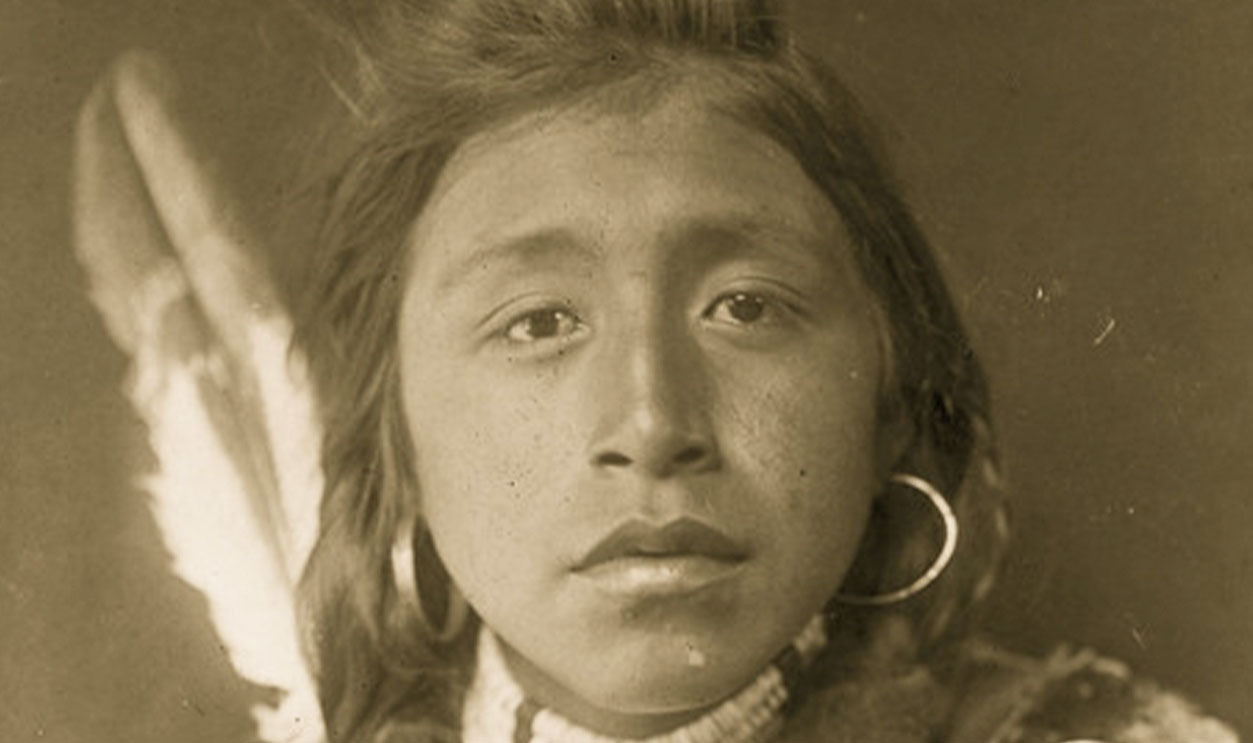
Their Land
The traditional region for the Chinookan peoples is in and around the Columbia River, specifically from the river’s gorge near The Dalles Oregon to the river’s mouth in the west. The now-famous Lewis and Clark Expedition encountered the Chinook tribe during their travels, on the lower Columbia.
 Mattsjc, CC BY-SA 4.0, Wikimedia Commons
Mattsjc, CC BY-SA 4.0, Wikimedia Commons
Their Land
The Chinook also traditionally occupied land along the coast as well. This land runs from present-day Tillamook Head in Oregon to Willapa Bay in Washington.
 U.S. Fish and Wildlife Service Headquarters, Wikimedia Commons
U.S. Fish and Wildlife Service Headquarters, Wikimedia Commons
The Origin Of The Name
The term “Chinook” has a wider meaning as well. It can also reference “Chinook jargon” which is based in part on Chinookan languages but has other influences as well. Therefore, distinctions were needed.
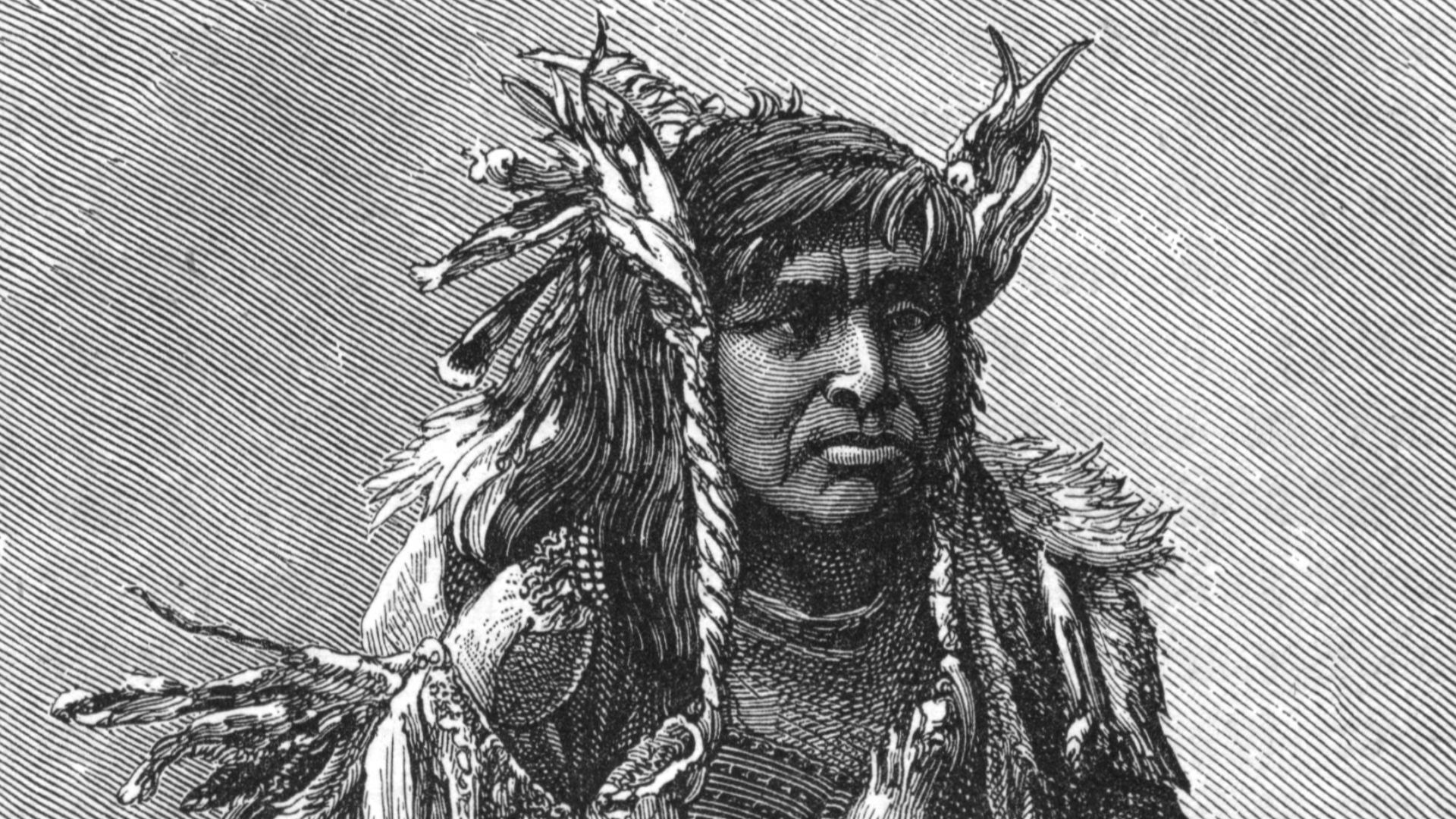 Unknown authorUnknown author, Wikimedia Commons
Unknown authorUnknown author, Wikimedia Commons
The Origin Of The Name
“Chinookan” was a term created by linguists. It is used to distinguish the older language from Chinuk Wawa, which is the newer variation based on the language but with differences. No one is quite certain where the term itself came from. However, there are several theories to account for it.
The Origin Of The Name
Some believe that it comes from a Chehalis word for those who lived in a village on Baker Bay. The term, Tsinúk, means “Fish Eaters” and does bear some linguistic similarities to the angelized “Chinook”.
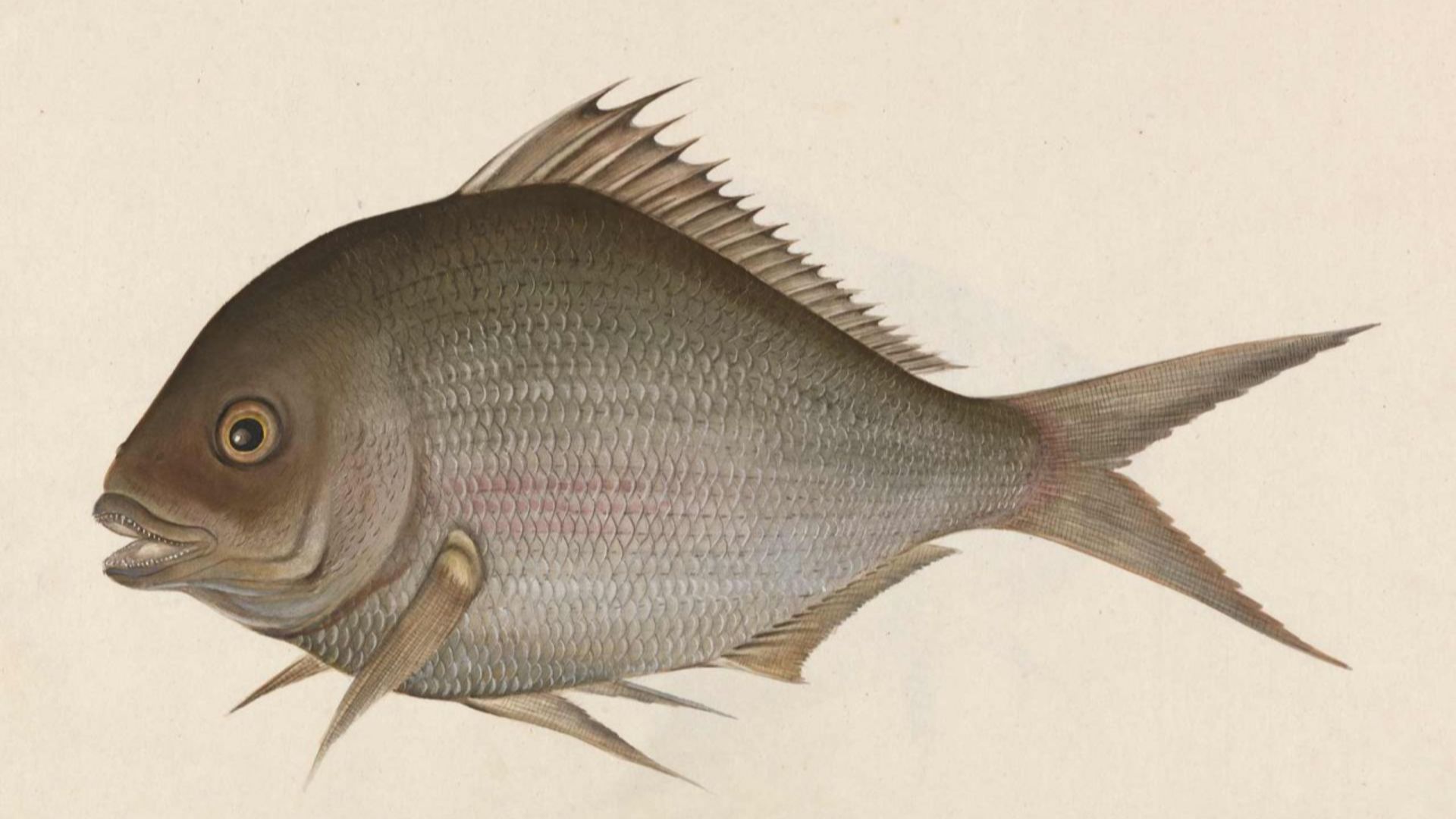 Unknown artistUnknown artist, Wikimedia Commons
Unknown artistUnknown artist, Wikimedia Commons
The Origin Of The Name
Others believe that the word has a different meaning. They believe that it means “strong fighters”, though they don’t have a source as to where that term could have originated.
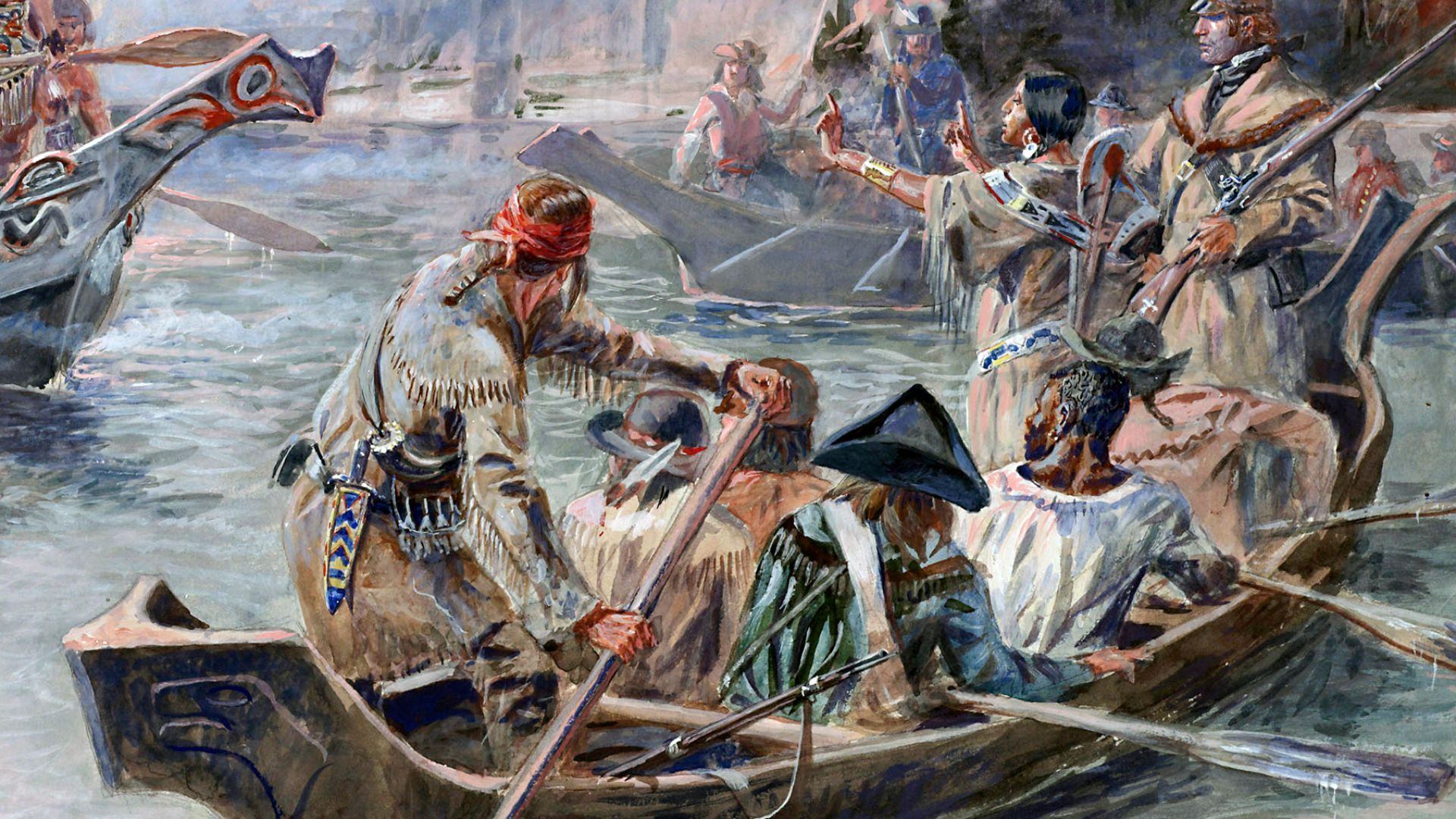 Charles Marion Russell, Wikimedia Commons
Charles Marion Russell, Wikimedia Commons
I Am Chinookan
For some Chinookan peoples, their identity includes being part of several recognized tribes. These tribes include the Yakama Nation, the Confederated Tribes of Warm Springs Reservation, and the Confederated Tribes of the Grand Ronde Community.
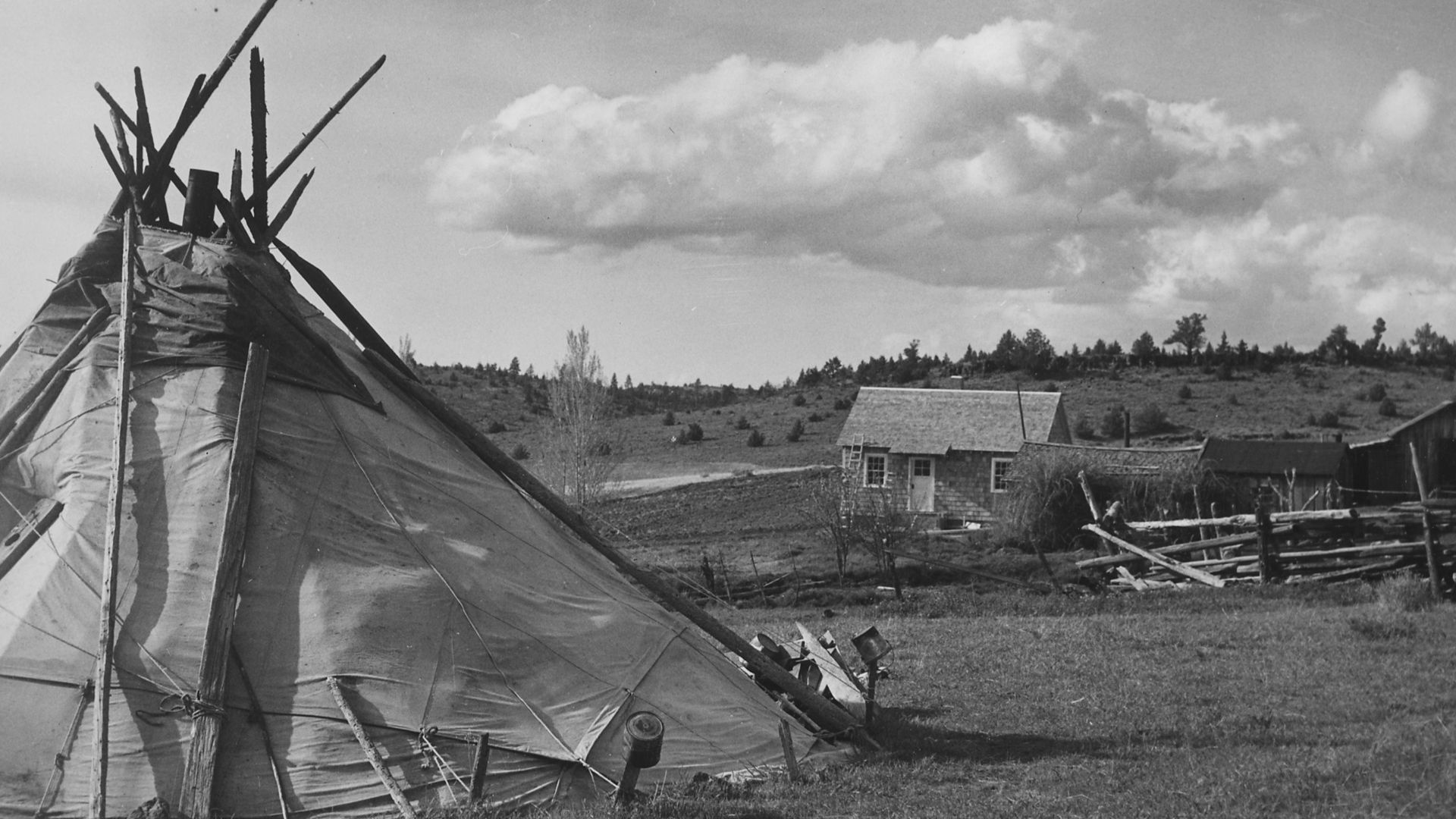 Unknown authorUnknown author or not provided, Wikimedia Commons
Unknown authorUnknown author or not provided, Wikimedia Commons
I Am Chinookan
Recognition for the Chinook Indian Nation is a contested matter as of 2024. They gained federal recognition in January 2001. However, that would not last.
I Am Chinookan
The Department of Interior, under President Clinton, granted them their recognition. However, following the election of George W Bush, his appointees reviewed their status and revoked it.
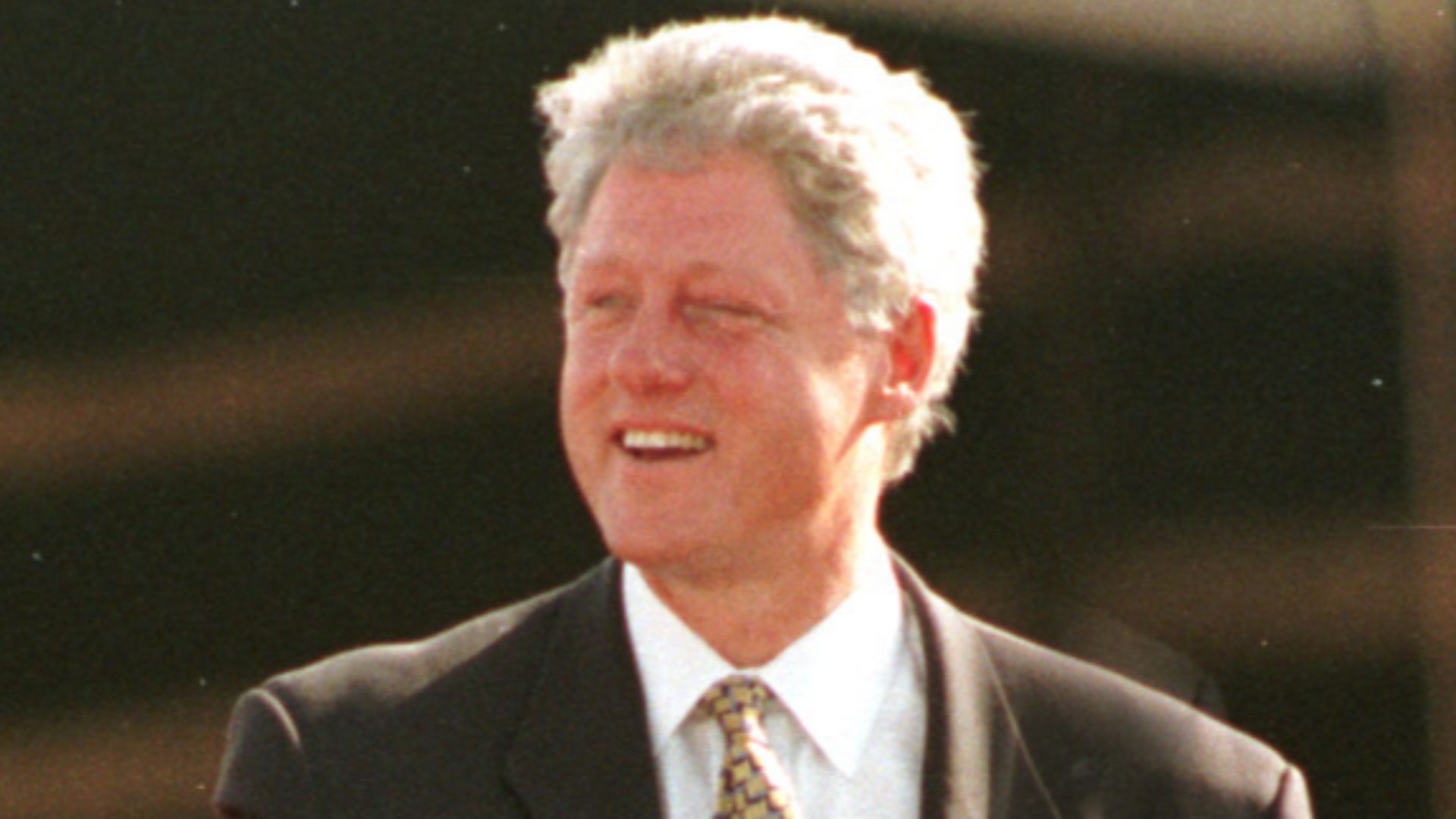 Gideon Markowiz, Wikimedia Commons
Gideon Markowiz, Wikimedia Commons
I Am Chinookan
The Chinook Indian Nation consists of Lower Chinook, Clatsop, Willapa, Wahkiakum and Kathlamet, which are the five westernmost Chinookan tribes. They are working to restore their federal recognition.
 Kingofthedead, CC BY-SA 4.0, Wikimedia Commons
Kingofthedead, CC BY-SA 4.0, Wikimedia Commons
Tchinouk Of Oregon
The Tchinouk Indians of Oregon are unrecognized. However, they trace their ancestry to two Chinook women who married French Canadian fur traders. The traders were part of the Hudson’s Bay Company before 1830.
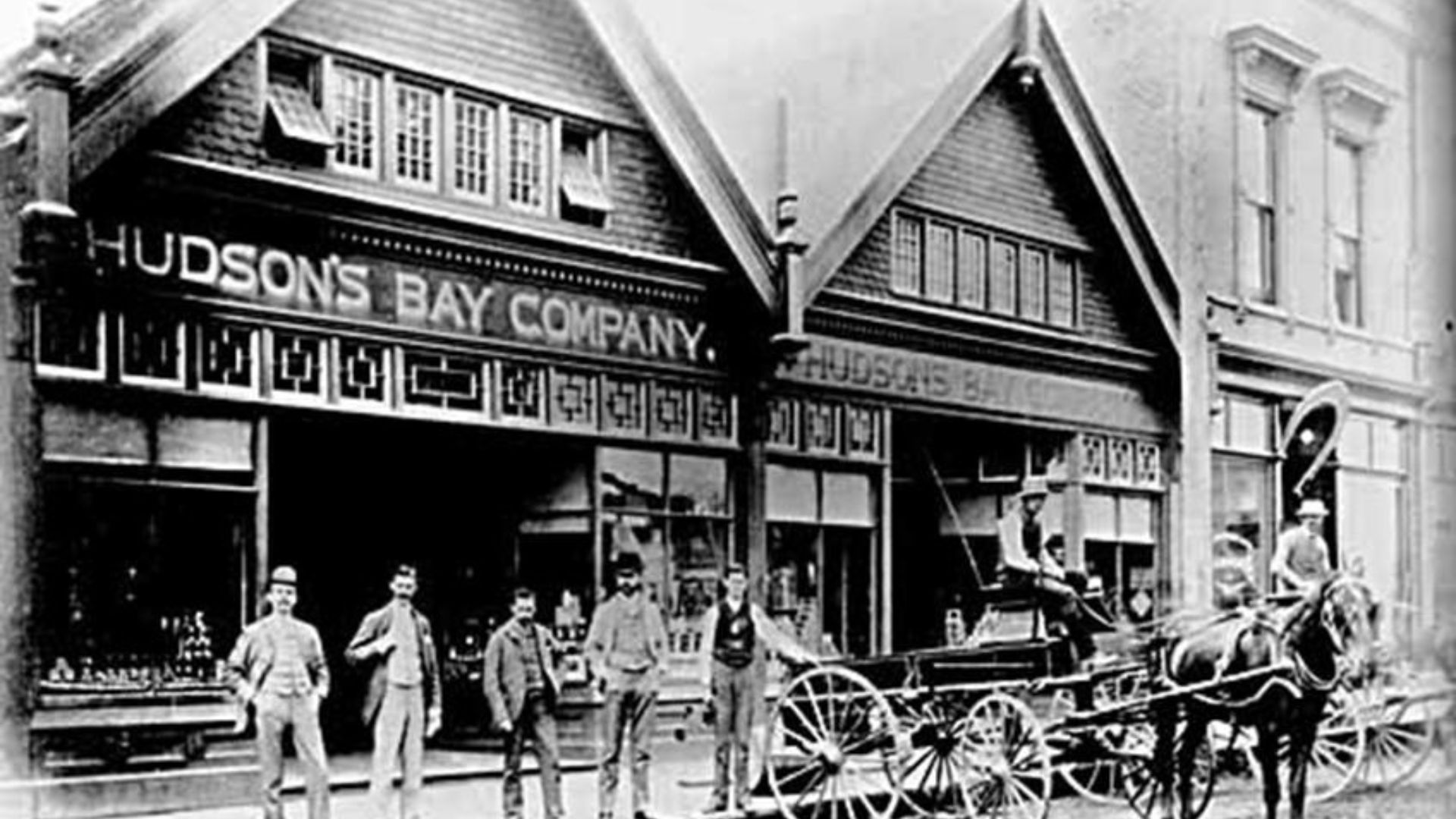 Unknown authorUnknown author, Wikimedia Commons
Unknown authorUnknown author, Wikimedia Commons
Tchinouk Of Oregon
They settled in northwestern Oregon in the French Prairie region. They were not able to trace the specific bands these women were from. They settled with the French Canadians and the Metis.
 M.O. Stevens, CC BY 3.0, Wikimedia Commons
M.O. Stevens, CC BY 3.0, Wikimedia Commons
Tchinouk Of Oregon
The Tchinouk Indians of Oregon are in a liminal space. The Chinook Indian Nation denied any common history association with them, and the Bureau of Indian Affairs states they do not meet the requirements to be a federally recognized tribe.
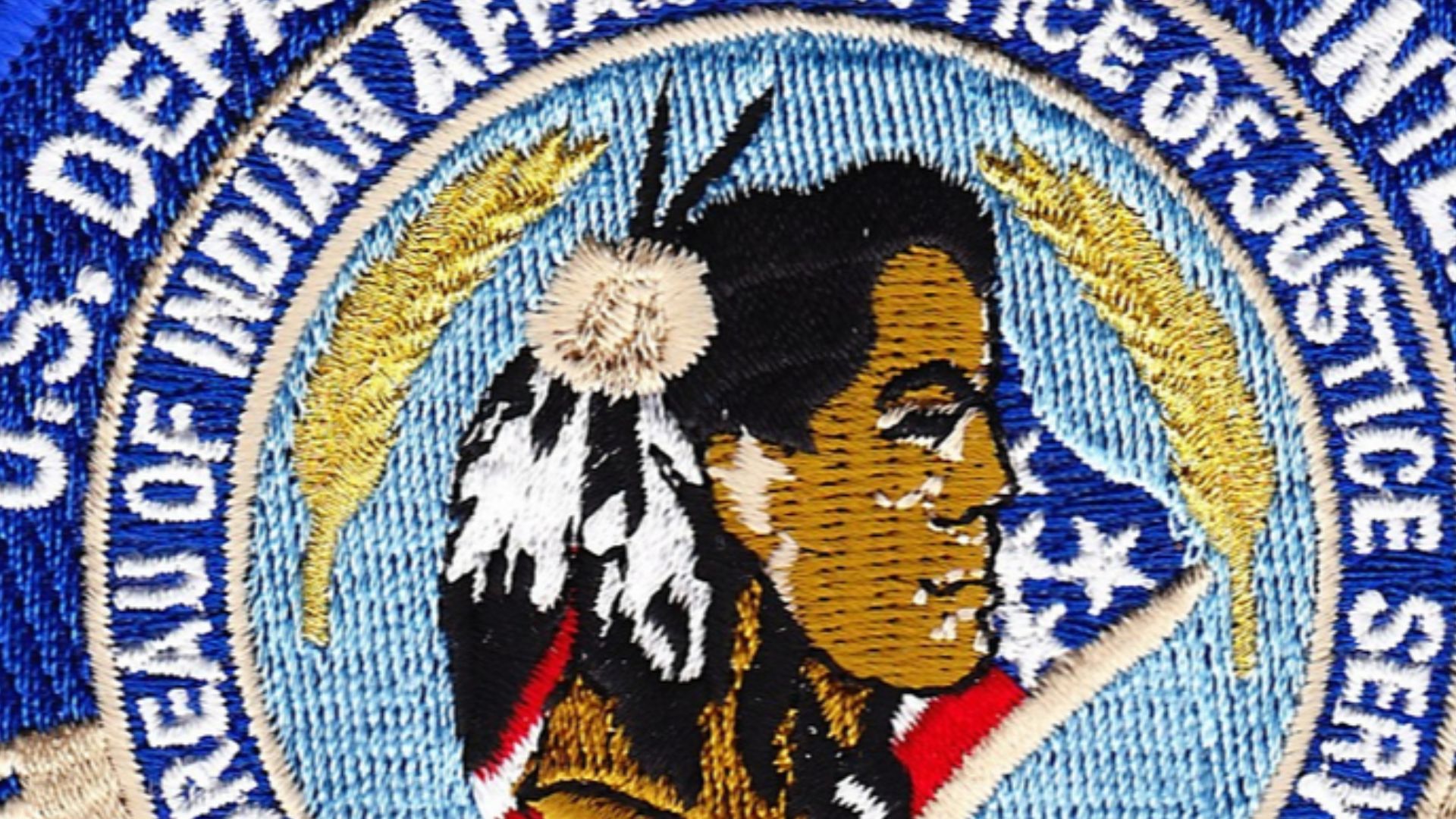 Bureau of Indian Affairs, Wikimedia Commons
Bureau of Indian Affairs, Wikimedia Commons
Clatsop-Nehalem
One more group claiming to have ties to Chinookan peoples formed in 2000. They are the Clatsop-Nehalem Confederated Tribes. However, that claim is contested.
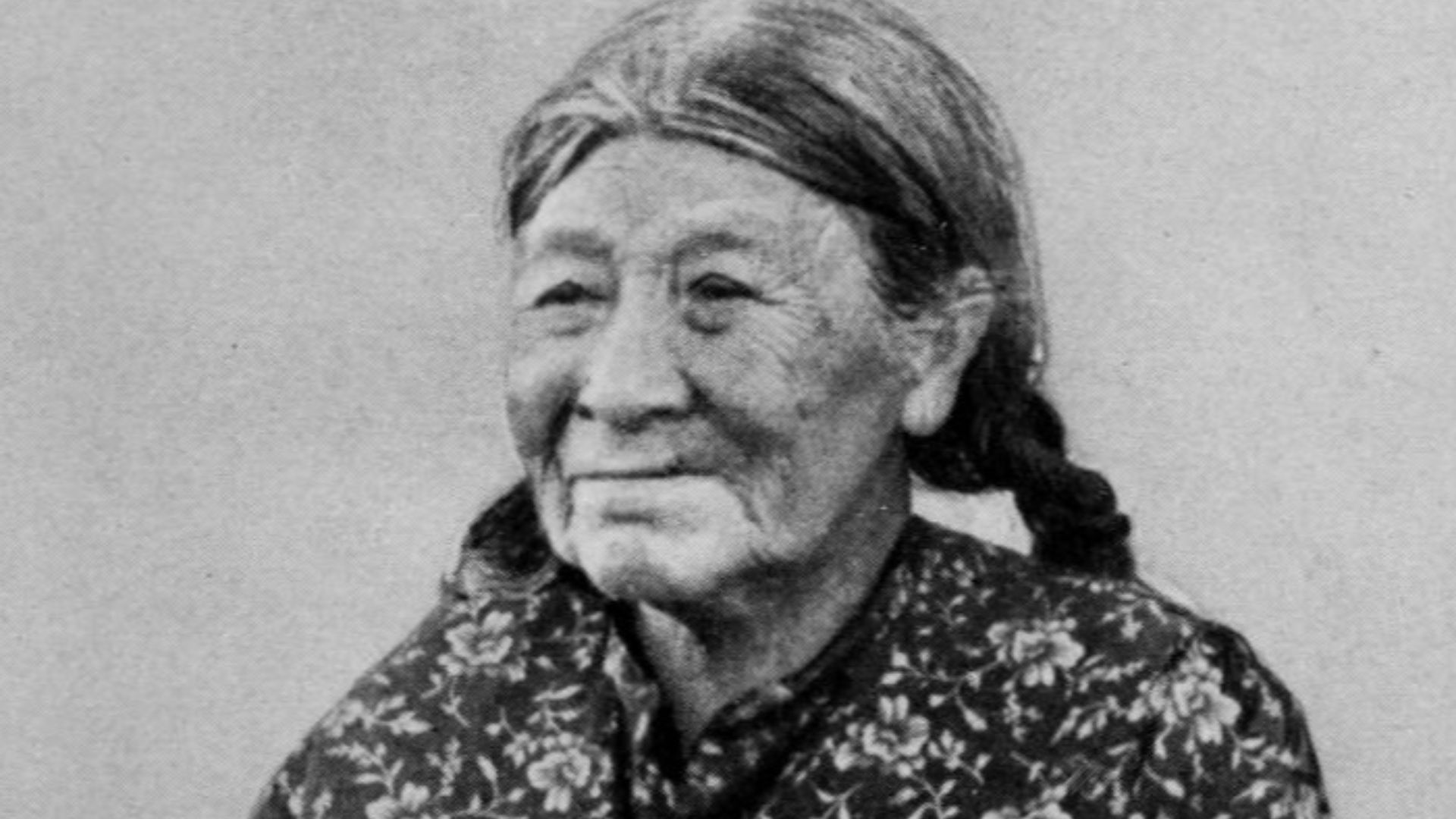 George M. Weister, Wikimedia Commons
George M. Weister, Wikimedia Commons
Clatsop-Nehalem
The Clatsop-Nehalem Confederated Tribes has about 130 members. The Indian Claims Commission found that they were part of the Chinook Indian Nation in 1957. The Chinook Indian Nation, however, disputes that.
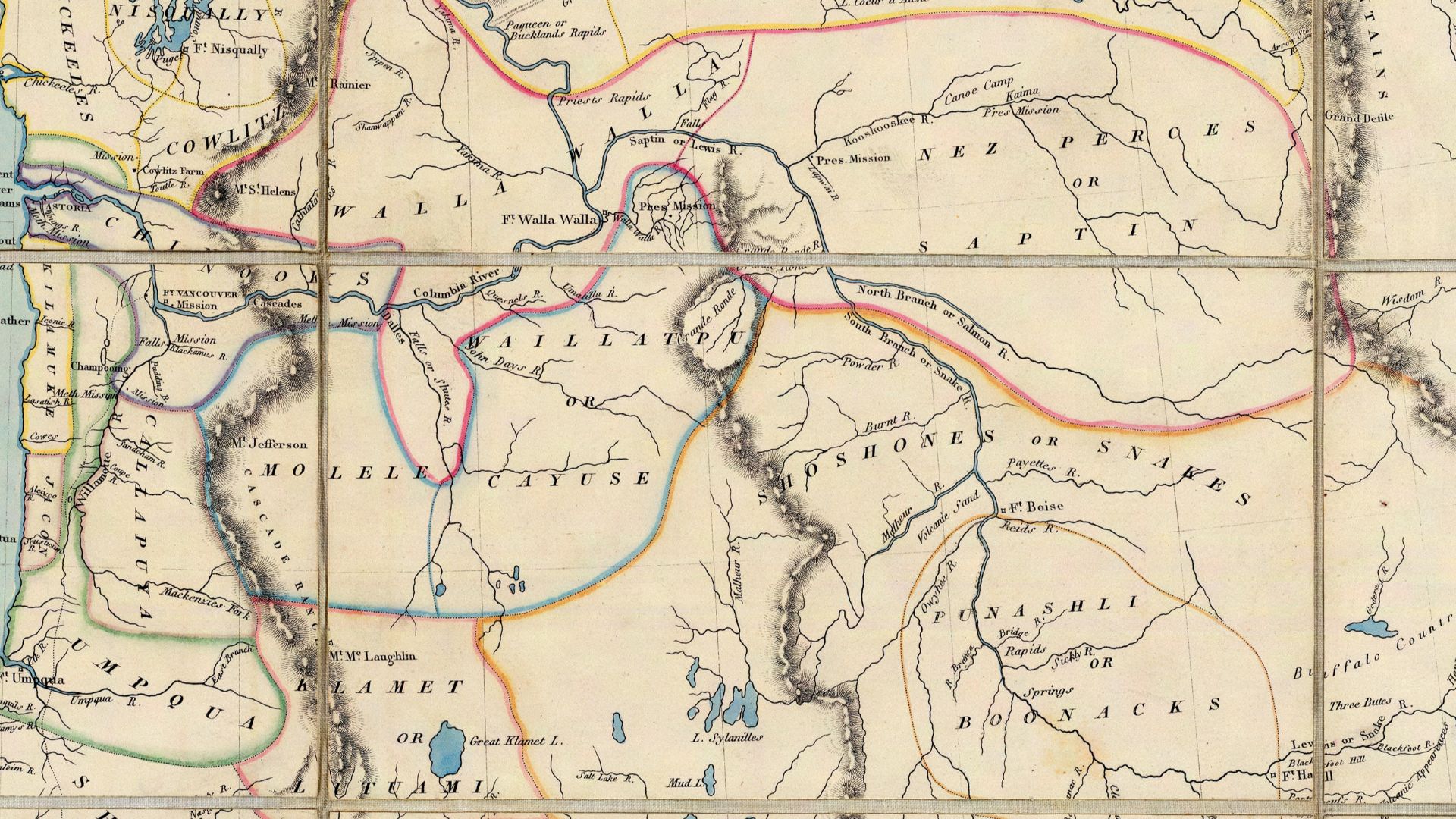 United States Exploring Expedition; Charles Wilkes; James Wyld, Wikimedia Commons
United States Exploring Expedition; Charles Wilkes; James Wyld, Wikimedia Commons
Their Lifestyle
Historically, the Chinookan peoples lived fairly settled lives. They were hunters and gatherers, with the men hunting and fishing, and the women gathering.
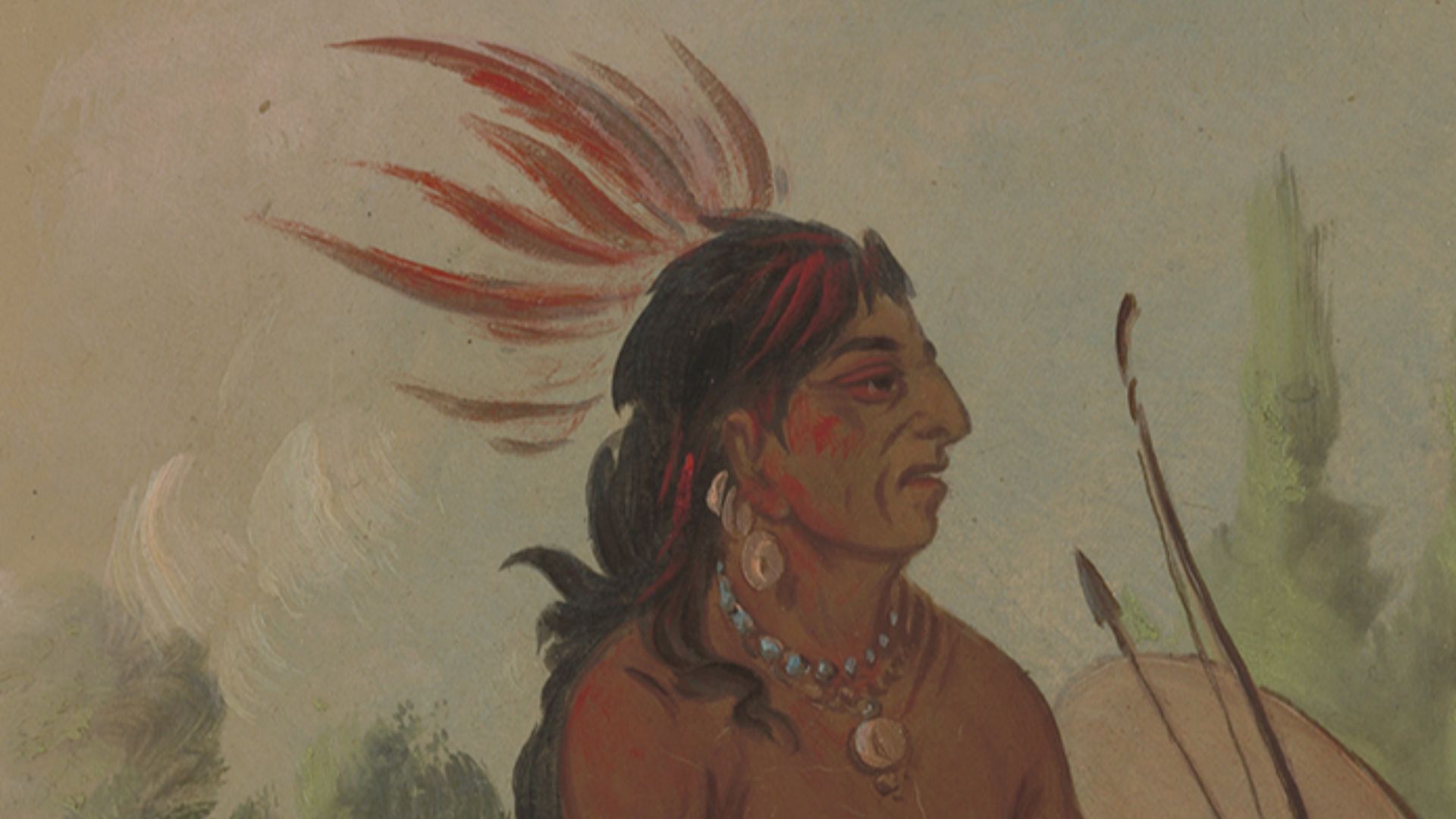 George Catlin, Wikimedia Commons
George Catlin, Wikimedia Commons
Their Lifestyle
Their primary diet revolved around salmon (perhaps supporting the “Fish Eaters” claim). However, they supplemented this with nuts, seeds, roots, and other foods that could be gathered in the area.
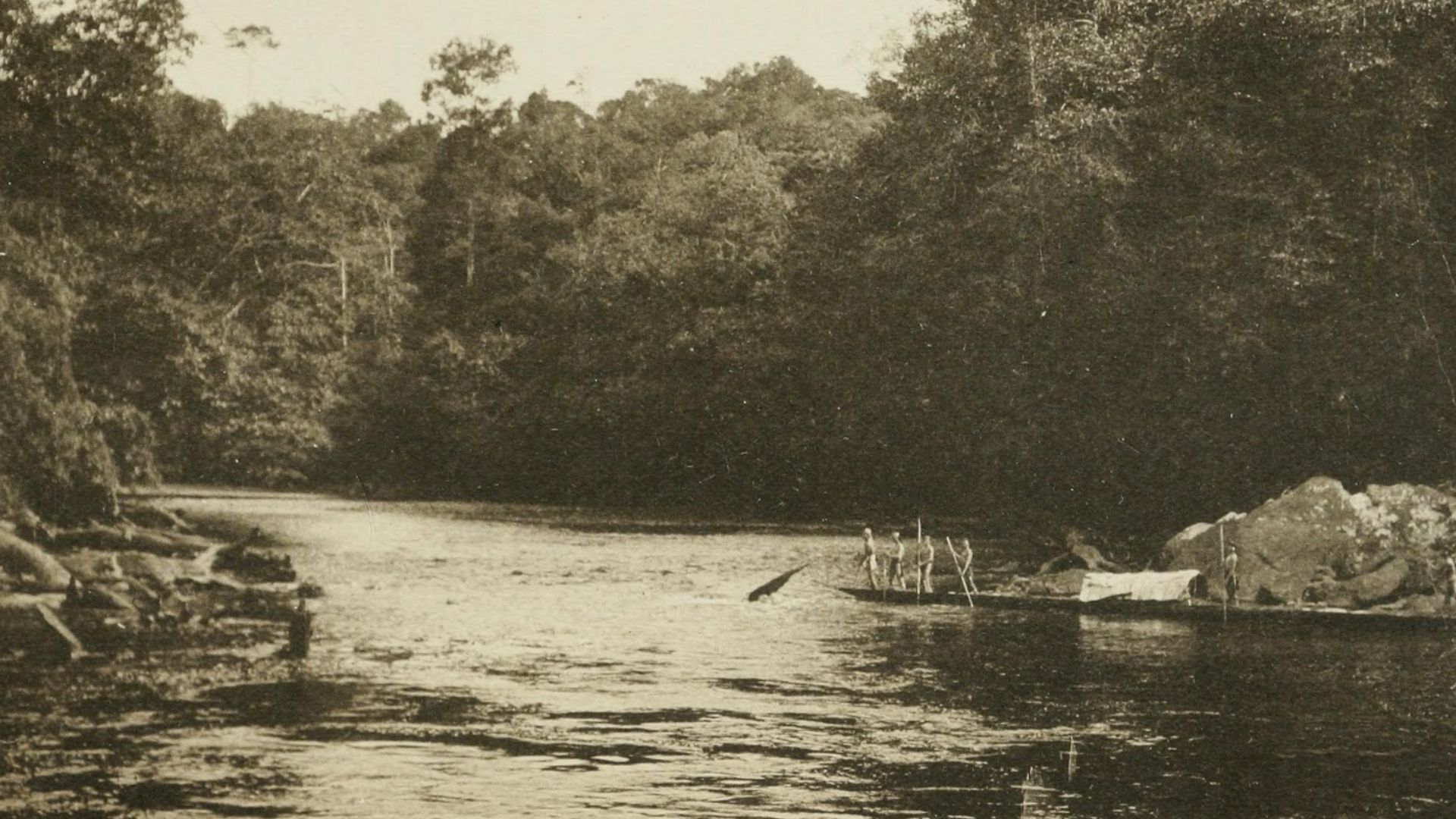 Internet Archive Book Images, Wikimedia Commons
Internet Archive Book Images, Wikimedia Commons
Their Social Structure
Chinook society had distinct social groups that had different social rankings depending on who they were. This created a divide between the people of their society.
 Chinook Indian Nation celebrates legal victory in fight for federal recognition, KGW News
Chinook Indian Nation celebrates legal victory in fight for federal recognition, KGW News
Their Social Structure
Shamans, warriors, and successful traders were considered the upper class of their society. They were also in the minority, but that didn’t stop them from enforcing the privileges of their class.
Their Social Structure
Those that were lumped into the upper class reportedly bought into the belief of their superiority. They did not have contact with the “common” people, and they discouraged their children from playing with those of other groups.
 Kaxan Pierrson, CC BY-SA 4.0, Wikimedia Commons
Kaxan Pierrson, CC BY-SA 4.0, Wikimedia Commons
Their Social Structure
Slavery does seem to have been practiced by some Chinookan peoples. They would take captives during conflict, and then force them to thieve on their behalf—something their new masters would not do as it was unworthy of their status.
Their Traditions
Some tribes used the practice of head binding to differentiate between their social classes. Those with a higher ranking would bind their child’s head to highlight their rank.
Their Traditions
Head binding involved bounding a child’s head under pressure boards from the age of three months to about a year old. It would flatten the forehead and top of the skull. This was a way to recognize each other.
Their Traditions
Those with flat heads would not enslave others with the same marker. This therefore led to round-headed people being forced into servitude. It also led early white settlers to refer to them as “Flathead Indians”.
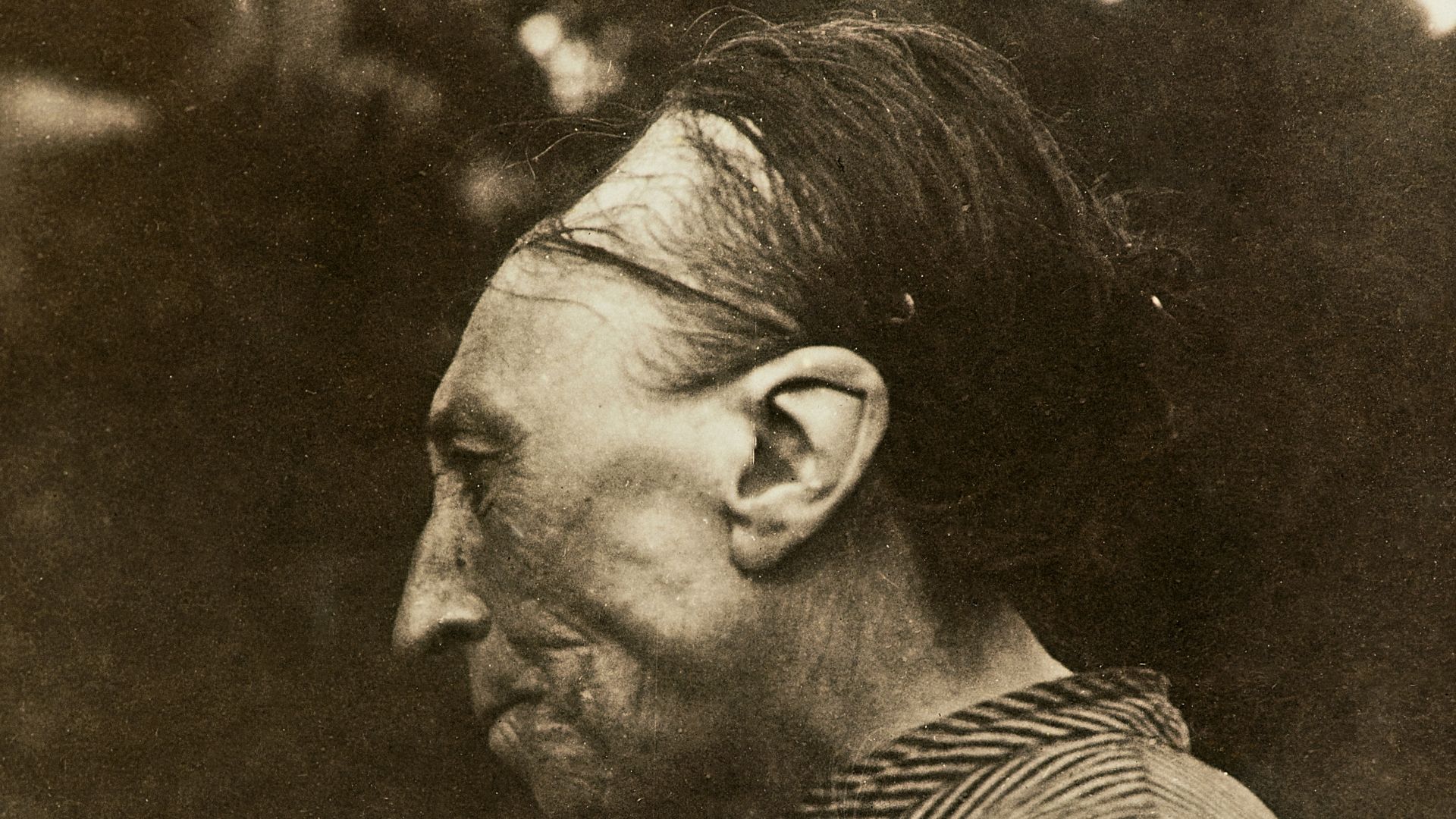 Unknown / restoration and digitization. Didier Descouens, Wikimedia Commons
Unknown / restoration and digitization. Didier Descouens, Wikimedia Commons
Their Houses
The Chinook lived in longhouses, which were common for many settled tribes. A longhouse would generally house 50 people or more, all linked together through some form of kinship. This made their lives more settled than nomadic tribes.
 Walter Siegmund, CC BY-SA 3.0, Wikimedia Commons
Walter Siegmund, CC BY-SA 3.0, Wikimedia Commons
Their Houses
The Chinookan peoples would make their longhouses out of red cedar tree planks. These houses were 20-60 ft wide and 50–150 ft long.
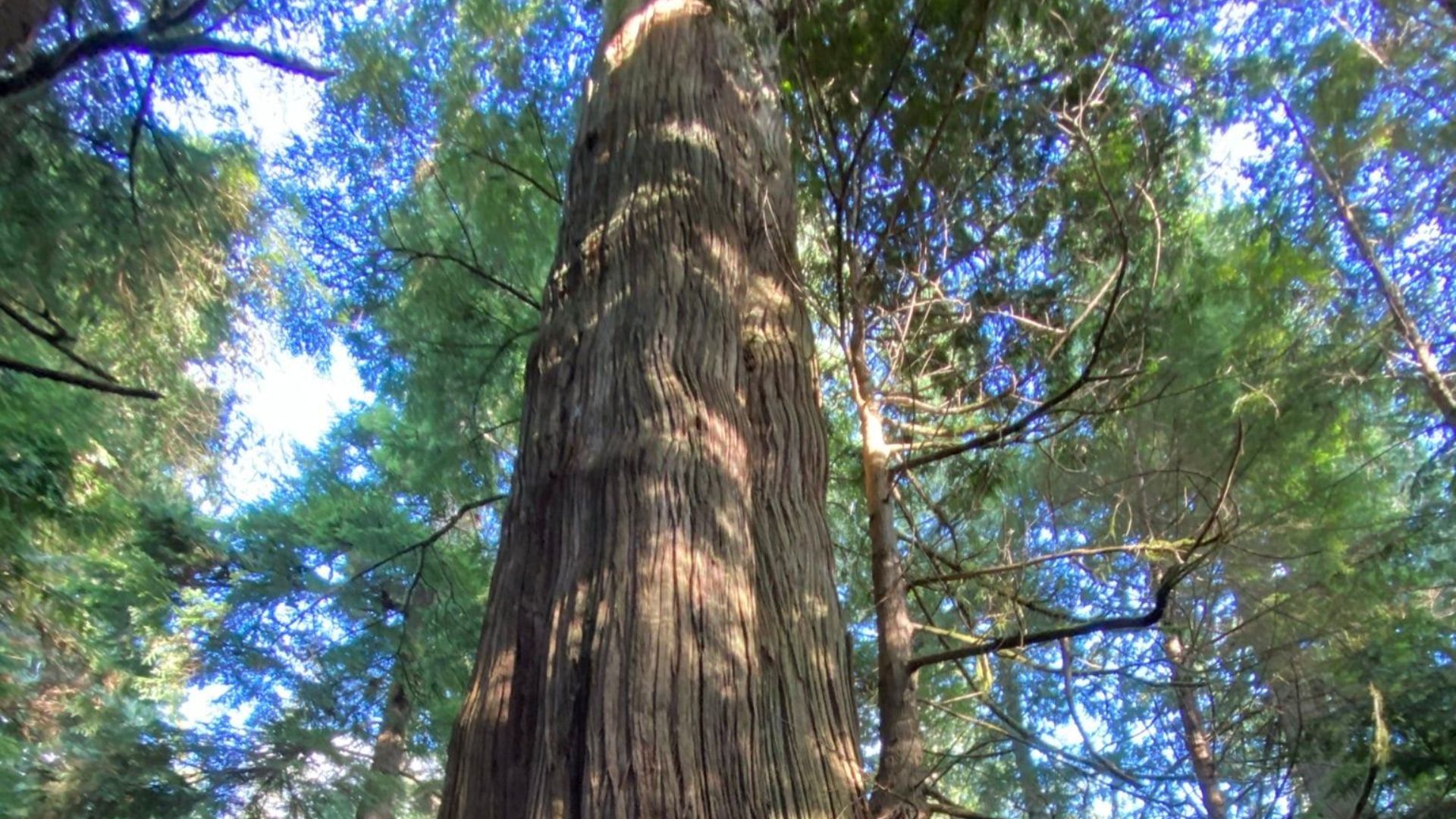 USFWS Pacific, Wikimedia Commons
USFWS Pacific, Wikimedia Commons
Their Houses
Conflict wasn’t a huge part of the Chinookan peoples’ traditional lives. This was likely due to their settled lifestyle. It prevented them from migrating through the lands of others and removed the need to fight over resources.
 Chinook Indian Nation celebrates legal victory in fight for federal recognition, KGW News
Chinook Indian Nation celebrates legal victory in fight for federal recognition, KGW News
Their Language
A few records of Chinookan languages exist. Franz Boas, a German-American anthropologist, wrote several texts that record various beliefs and languages of the Chinookan peoples.
Their Language
Boas’s first text was The Journal of American Folk-Lore, which included some Chinook songs. These songs were written in both Chinook and in English.
Their Language
Native Legends of Oregon and Washington Collected is a collection of Chinook legends and stories. Boas based this on his time spent with the Chinookan people between 1890 and 1891.
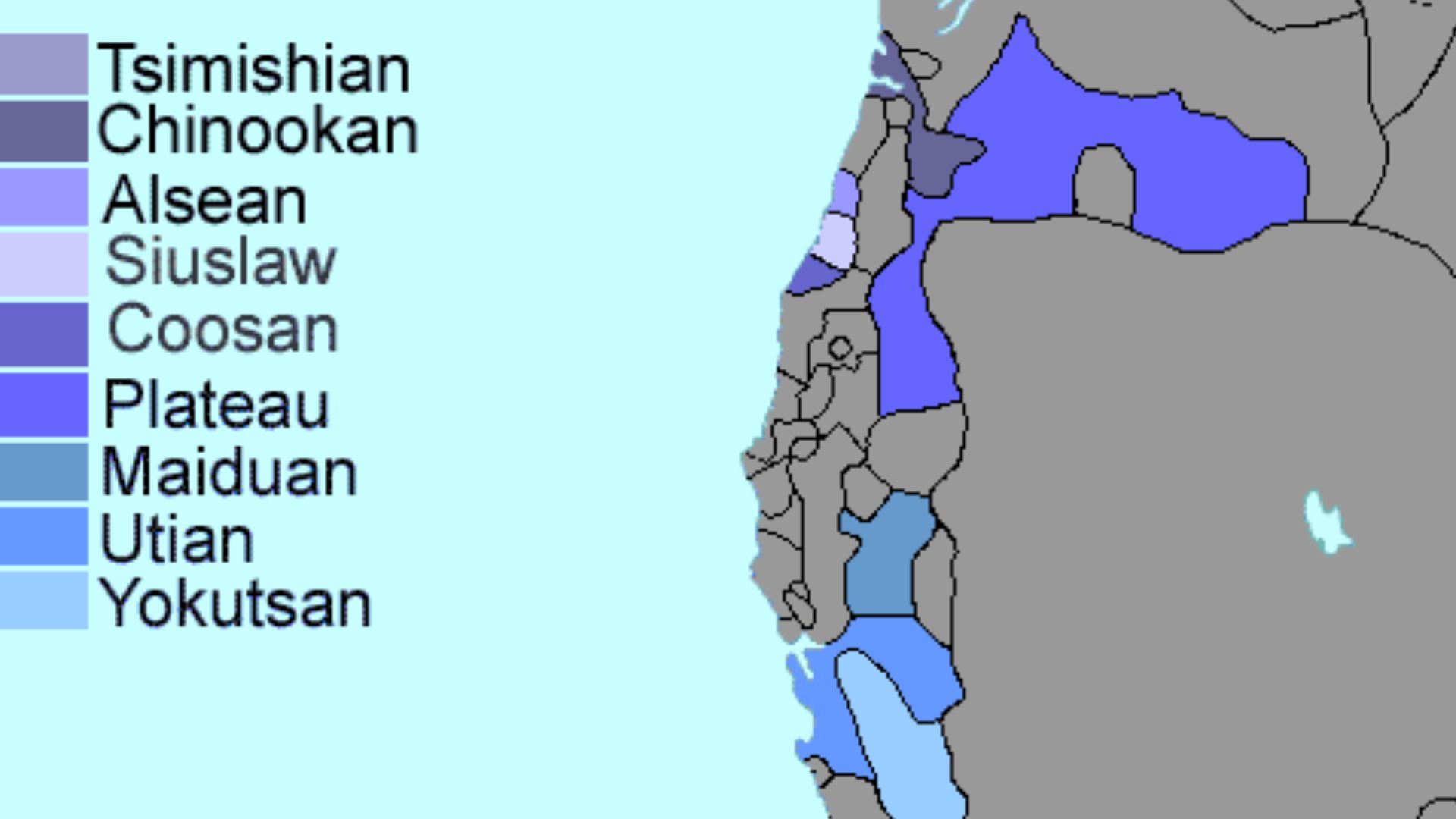 Kwamikagami, Wikimedia Commons
Kwamikagami, Wikimedia Commons
Their Language
Finally, Boas also wrote Chinook Texts in 1894. This book has a variety of myths, beliefs, customs and opinions as told by the Chinookan people themselves.
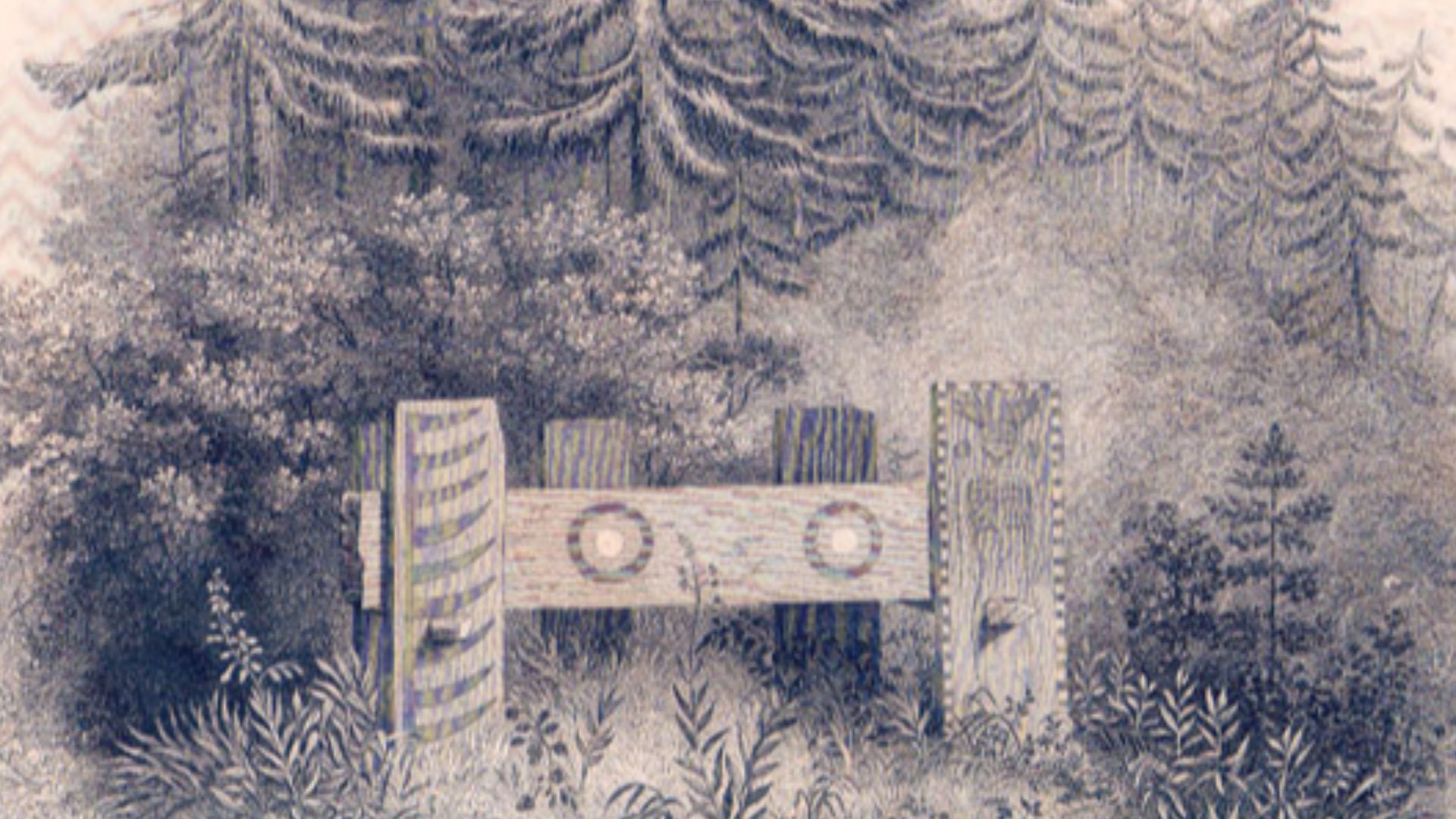 Ser Amantio di Nicolao, Wikimedia Commons
Ser Amantio di Nicolao, Wikimedia Commons
Their Language
The last book that exists that has a recording of the Chinook language was written by George Gibbs. Gibbs, with the help of others, collected various words from Chinookan people scattered about different tribes. It was published in the Alphabetical Vocabulary of the Chinook Language.
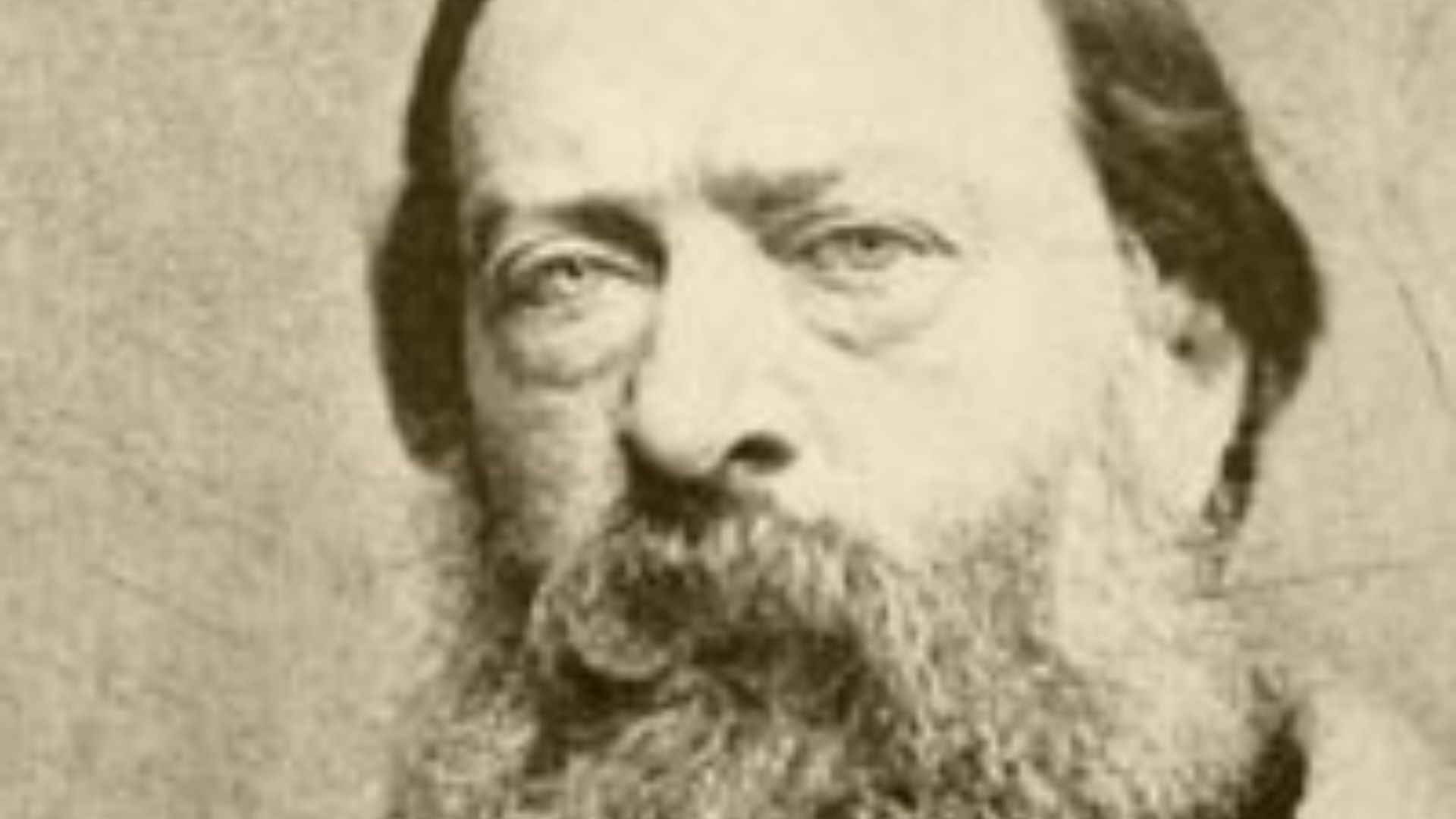 State of Washington, Wikimedia Commons
State of Washington, Wikimedia Commons
Gaining Recognition
As already discussed, the Chinookan people have long considered the Columbia River their home. In the 20th century, the lower Columbia Chinook tribes and bands created an elected form of government and revived their tribal culture.
 Chinook Nation lawsuit, KING 5 Seattle
Chinook Nation lawsuit, KING 5 Seattle
Gaining Recognition
Seeking education and welfare benefits from certain treaty-bound promises, they sought federal recognition. However, the Bureau of Indian Affairs rejected their first application in 1997.
 Chinook Nation lawsuit, KING 5 Seattle
Chinook Nation lawsuit, KING 5 Seattle
Gaining Recognition
This group became the Chinook Indian Nation. They did not accept their first rejection and have continued fighting for formal recognition.
Gaining Recognition
As part of their effort to gain recognition, they have conducted research into their history. This has led to the creation of important documentation, as well as discoveries about the path their people have taken.
Gaining Recognition
Their tribe is referred to in old government documents. However, treaties that were signed in the past were not acted upon or ratified by the government, which means that an official reservation was never established. If this had happened, they would have been automatically recognized. Instead, the government took much of their land and the Chinook Indian Nation continues the fight for recognition and sovereignty.
You May Also Like:
The Fierce History Of The Odawa People
The Shawnee: The People Of The Northeastern Woods
The Native American Tribe Whose Culture Recently Went Extinct
Sources: 1

